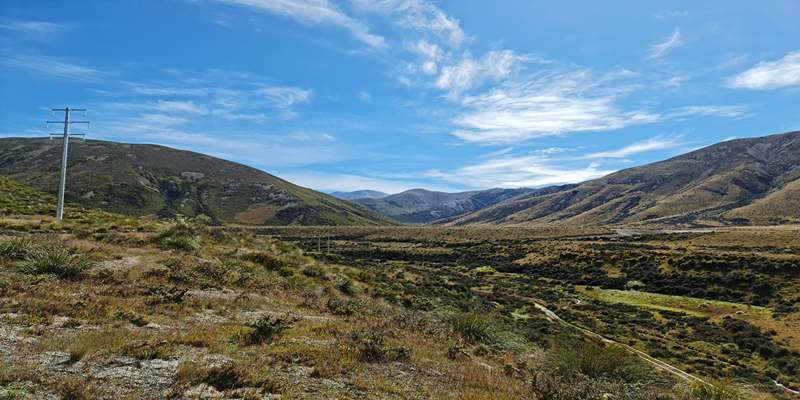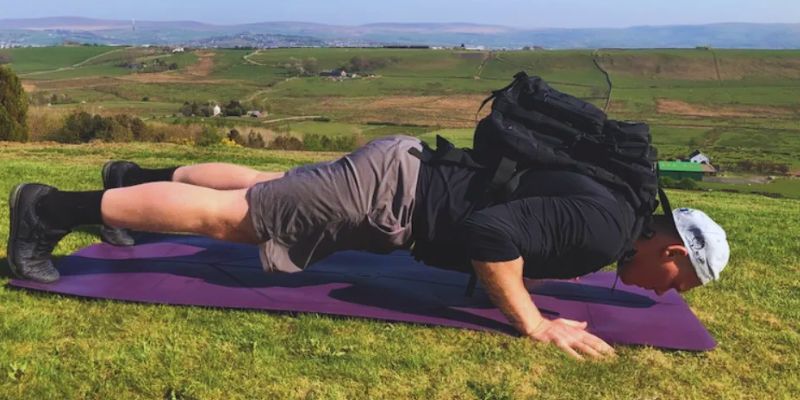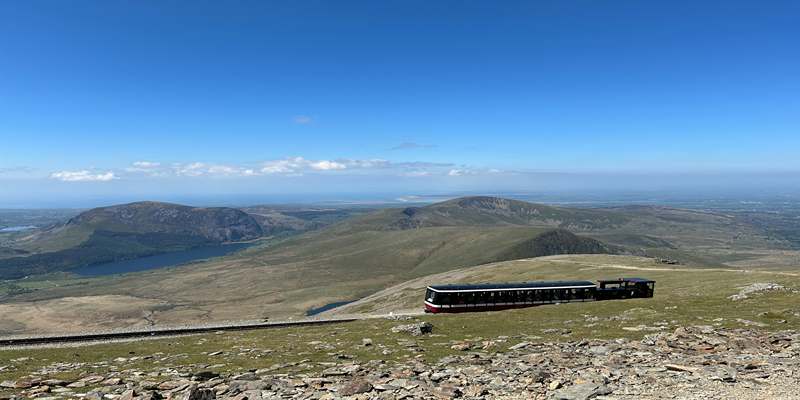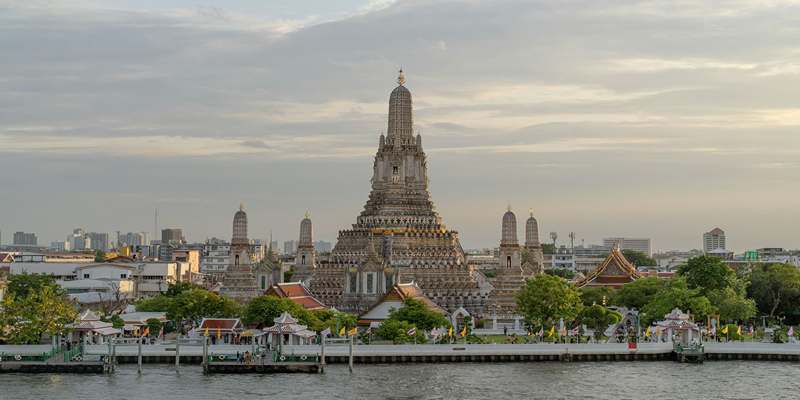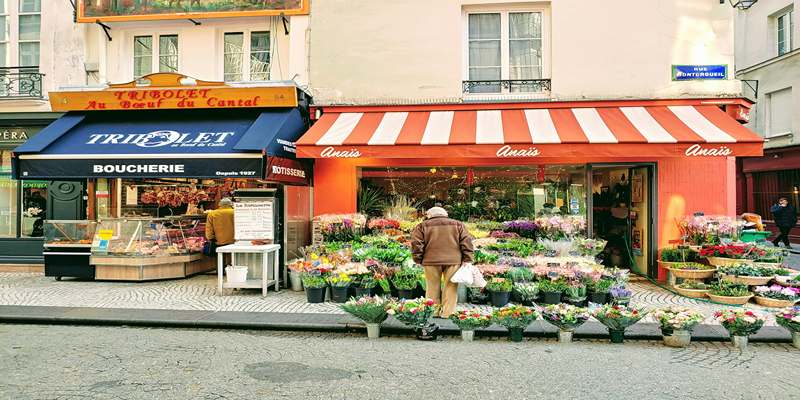Mexico carries thousands of years of Indigenous stories in its roots. And not just in the ruins or museums—those stories breathe in daily rituals, shared meals, languages still spoken, and mountains that still matter. With more than 60 Indigenous groups across the country, Mexico isn't shaped by one culture, but by many. Each one has its own rhythm, history, and voice.
This guide walks through some of the most grounded and human ways to meet those voices—not as a checklist, but as a quiet walk alongside people who are still living their traditions today.
A Country with Many Indigenous Identities
There's no single face to Indigenous Mexico. It's a patchwork. From the Maya communities in the Yucatán Peninsula to the Zapotecs and Mixtecs in Oaxaca, and the Wixárika people of Nayarit and Jalisco, each community lives with its own beliefs, crafts, and language.
Some communities are more visible, especially in areas where tourism meets tradition. Others are tucked in remote valleys or highlands, preserving their ways far from outside eyes. Wherever you go, the idea isn’t to “see culture”—it’s to meet people, learn gently, and allow space for what they choose to share.
Language: Still Spoken, Still Sacred
Many Indigenous people in Mexico grow up bilingual. They speak Spanish and their native language, sometimes three or four. Nahuatl, Mixtec, Zapotec, Purépecha, and dozens more fill conversations, stories, prayers, and songs.
Language holds deep cultural memory. In towns across Chiapas and Oaxaca, you’ll hear Indigenous languages in homes, at the market, and during community gatherings. These languages shape the way people view time, land, and relationships. And even if you don’t speak a word of them, hearing them used reminds you that these communities are not historic—they are alive.
Traditional Food Is More Than A Meal
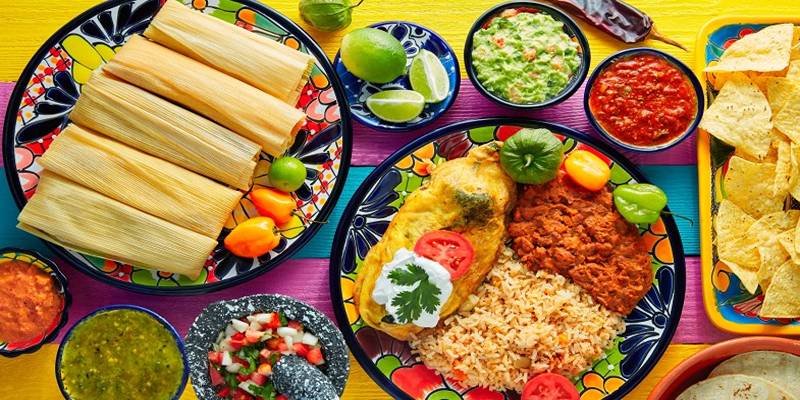
Indigenous food traditions run deep. Before colonization, communities lived from corn, beans, squash, chile, and cacao. These foods still sit at the center of most Mexican kitchens today. Tamales, tortillas, moles, pozole—many of these come straight from Indigenous knowledge passed from one generation to the next.
In many areas, cooking isn’t just for eating. It’s part of rituals, family ties, and seasonal celebrations. A bowl of soup cooked in a clay pot over firewood might seem simple, but it carries a whole thread of ancestry.
You’ll find traditional Indigenous dishes in local markets, at family tables, or sometimes prepared for festivals. If you’re invited to try something that took hours—or days—to make, it’s a quiet honor.
Sacred Spaces Still Matter
Some of Mexico’s best-known archaeological sites—Teotihuacán, Monte Albán, Chichén Itzá—are often seen as history. But for many Indigenous communities, these sites are still sacred. They aren’t frozen in time. They’re alive with memory and ceremony.
There are also sacred places that aren’t ruins at all. Some are caves, rivers, or hills where ceremonies happen quietly, out of the public eye. The Wixárika people, for example, make pilgrimages to Wirikuta, a desert they consider holy. These are not sightseeing stops—they are spiritual places, and visitors need to treat them with quiet respect.
Weaving And Beading Tell Stories
You can tell where someone is from by what they wear—sometimes down to the pattern on their blouse or shawl. In many Indigenous communities, weaving and beading aren’t just crafts. They carry family history, community pride, and spiritual meaning.
A huipil woven by a Tzotzil woman in Chiapas might take months to finish, each symbol carefully placed to reflect seasons, spirits, or stories. In Oaxaca, handwoven rugs dyed with natural colors aren’t just beautiful—they’re part of the region’s soul. The Wixárika bead their crafts with vivid designs that connect to dreams and rituals.
Buying these works directly from artists or at community cooperatives helps keep traditions going and supports the hands that make them.
Not Frozen In Time
One of the most common mistakes travelers make is assuming Indigenous culture is something old. That it’s a show, or something separate from daily life. But Indigenous communities are not stuck in the past. They are modern and rooted at the same time.
Young people in these communities use social media to promote language classes, sell handmade goods, or share stories from their hometowns. At the same time, elders lead traditional rituals and teach younger generations how to plant corn by moon cycles or weave on backstrap looms.
Many Indigenous groups today are working hard to protect land, push for better education, and hold onto traditions while building a future that fits their own values.
Being A Good Visitor
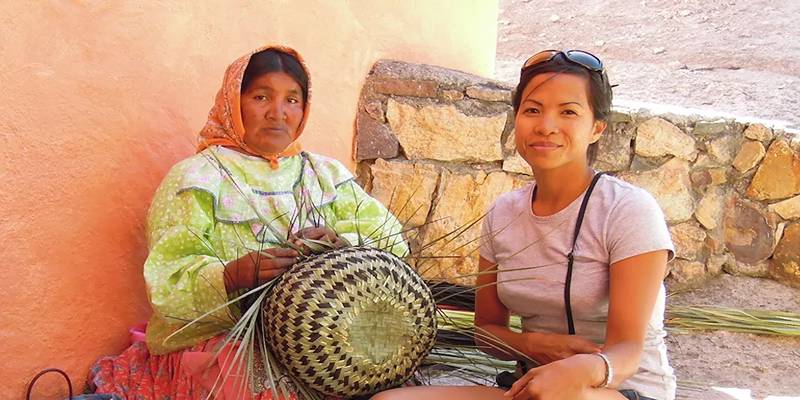
If you plan to visit Indigenous towns or participate in cultural experiences, there’s one thing to carry with you first—respect. This isn’t just about being polite. It’s about recognizing that you’re walking into someone else’s home and rhythm.
Some towns offer community tourism programs. These are usually run by the locals themselves, and they allow you to join cooking classes, hikes, or craft lessons. If you’re invited to a ceremony or meal, appreciate it quietly. And if something is not for visitors, it’s best to simply step back and honor that choice.
Spending your money on locally made crafts, staying in community-owned guesthouses, and asking before taking photos are simple ways to travel more thoughtfully.
Small Acts Matter
You don’t need to understand every detail of Indigenous Mexico to appreciate it. Just showing up with openness and patience can make a difference. Ask questions when it feels right. Listen more than you speak. Say thank you in their language if you can.
Even if you’re only passing through, your time and curiosity—shared with care—can help bridge understanding between cultures. It shows that traditions don’t have to be flattened to be recognized. They can be heard just as they are.
Conclusion
Indigenous Mexico is not a side story. It’s at the heart of what the country is and continues to become. You won’t grasp it all in a single visit. That’s okay. What matters is how you show up—with quiet eyes, open ears, and feet that move gently.
It’s less about knowing everything and more about feeling something real. Whether it’s through a handmade tortilla, a song in another language, or a smile from someone sharing their craft, you’ll know you’ve touched something honest.



